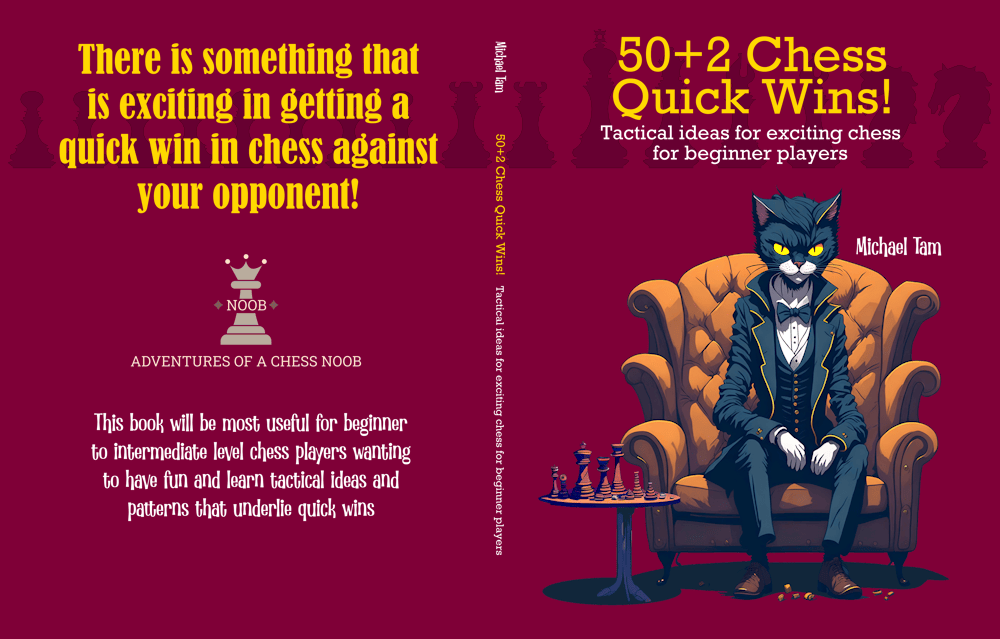
Caro-Kann: von Hennig Gambit | KING IS AN ATTACKING PIECE!
#carokann #vonhenniggambit
My favourite response against the Caro-Kann Defense with White is the von Hennig Gambit (1. e4 e5 2. d4 d5 3. Nc3 dxe4 4. Bc4!?). There is the possibility of entering a trap line, but even when that doesn't happen, often White ends up with a great position in the middlegame!
In this game, after (4... Nf6 5. f3), Black opted to not trade pawns with (5... exf3), which is the most common move (and the most accurate) but decided to keep the tension with (5... Bf5) defending their pawn. This is the second most common move in this position.
Now, White has several reasonable options, the most common of which is simply (6. fxe4). However, with accurate play, Black is completely fine after the obvious (6... Nxe4) and the Caro-Kann player has simplified the position, removed the tension, and is slightly better out of the opening.
Having previously analysed this position, my opinion is that the most fun move (and actually the most accurate) is the immediate (6. g6)! I really like this kingside attack on Black's bishop. It's direct, unexpected, committal - it's a romantic move! However, this move is not for the faint of heart and it requires a commitment to potentially deploy our king into the field of battle, as was what occurred in this game!
Black responded with an audacious (6... exf3), a gambit of their bishop and calling what they must have thought to be a bluff. They possibly thought that they had compensation with the apparently weakening on my kingside defences. However, it's no bluff and the gambit is a blunder [-0.6 → +3.5].
After I capture Black's bishop (7. gxf5), they respond with (7... f2+) but I was mentally prepared and my king marches forward (8. Kxf2). The reason why this works in the von Hennig Gambit is that White's pieces are developed or have open lines - they can defend the exposed king. Black's pieces are encumbered and their only developed knight on f6 has limited scope of movement.
The next few moves, Black desperately attempts to mobilise their knight and queen into an attack of my king. However, it doesn't work. Rather, their knight attack does nothing but trap their knight. Black desperately throws their h-pawn forward to attack my position, but it also doesn't work. Instead, the white king advances into the centre of the board and slays the knight himself on move 13!
Black then does the same with the g-pawn on their final move, but this was another blunder! I play (14. Be5), skewering Black's queen to their rook! Emotional damage. Black resigns. GG!
The big takeaway from this game is to consider this early g-pawn attack in the von Hennig Gambit lines should Black develop their bishop to f5, but be prepared for a somewhat unorthodox and fiery game!



